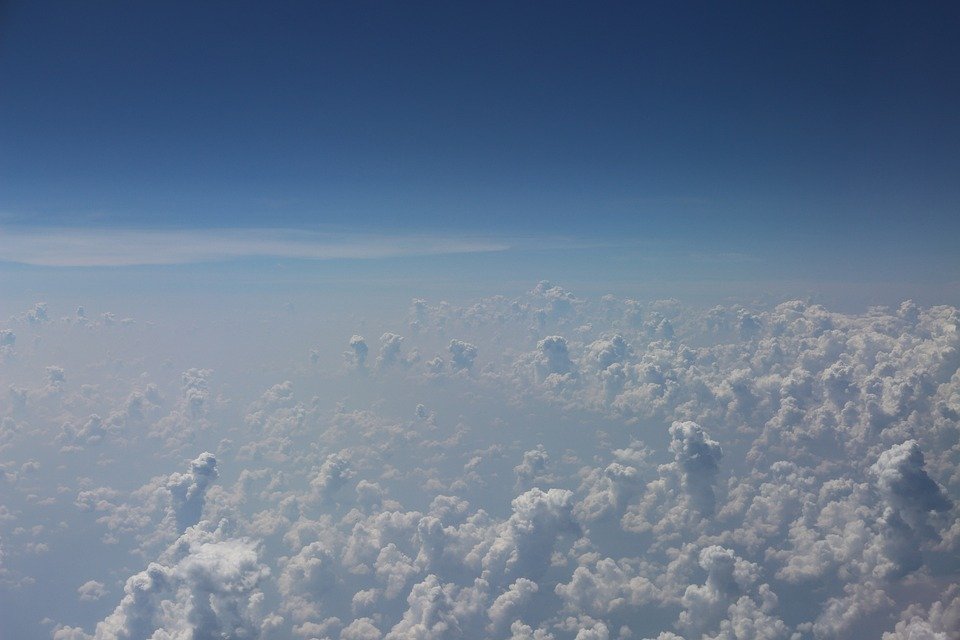Breaking the Mold: How Science Brought an End to Spontaneous Generation
Introduction
For centuries, the concept of spontaneous generation dominated scientific thought. It proposed that living organisms could arise from nonliving matter, such as a piece of rotting meat giving birth to maggots or mud generating frogs. However, through rigorous scientific experimentation and observation, pioneers in the field of biology ultimately debunked this erroneous theory. In this article, we will delve into the fascinating journey that led to the demise of spontaneous generation and the rise of biogenesis.
The Early Belief in Spontaneous Generation
Spontaneous generation, also known as abiogenesis, had its roots in ancient civilizations. Aristotle, one of the most influential philosophers and scientists of his time, proposed that living organisms could arise from nonliving matter. This belief persisted for centuries, with various examples and anecdotes supporting the theory.
However, it was not until the 17th century that scientists began questioning the validity of spontaneous generation. Francesco Redi, an Italian physician, conducted a series of experiments in the late 1660s that challenged the notion. Redi’s experiments involved covering meat with different types of barriers to prevent the access of flies. He observed that when flies were unable to reach the meat, maggots did not appear. This observation suggested that maggots did not spontaneously generate but rather emerged from fly eggs laid on the meat.
The Role of Louis Pasteur
While Redi’s experiments provided initial evidence against spontaneous generation, it was the work of Louis Pasteur that truly revolutionized our understanding of life‘s origin. Pasteur’s experiments, conducted in the mid-19th century, definitively disproved the theory of spontaneous generation.
Pasteur designed a series of experiments using swan-necked flasks filled with nutrient broth. These flasks were heated to sterilize the broth while allowing air to enter. The unique shape of the flask prevented dust and microorganisms from directly reaching the broth. Pasteur observed that no growth of microorganisms occurred in the broth unless the flask was tilted, allowing the contaminated air to come into contact with the broth. This crucial experiment demonstrated that microorganisms in the air were responsible for contaminating the broth, refuting the idea that they spontaneously generated within it.
Biogenesis: The New Paradigm
With the experiments of Redi and Pasteur, spontaneous generation lost its standing as a scientific concept. Biogenesis, the theory that life arises from preexisting life, emerged as the new paradigm in biology. The principle of biogenesis has since become a fundamental concept in the field, forming the basis for our understanding of reproduction, genetics, and the origins of life.
FAQs
Q: What is spontaneous generation?
Spontaneous generation, also known as abiogenesis, was the belief that living organisms could arise from nonliving matter.
Q: Who challenged the idea of spontaneous generation?
Francesco Redi, an Italian physician, conducted experiments in the late 1660s that provided evidence against spontaneous generation.
Q: How did Louis Pasteur disprove spontaneous generation?
Pasteur’s experiments using swan-necked flasks demonstrated that microorganisms in the air were responsible for contaminating nutrient broth, refuting the idea of spontaneous generation.
Q: What replaced spontaneous generation as the accepted theory?
Biogenesis, the theory that life arises from preexisting life, replaced spontaneous generation as the accepted theory in biology.
Q: What impact did the end of spontaneous generation have on biology?
The end of spontaneous generation led to a paradigm shift in biology and laid the foundation for our modern understanding of reproduction, genetics, and the origins of life.
Conclusion
The demise of spontaneous generation through the work of scientists like Redi and Pasteur marked a significant turning point in the history of biology. The shift from spontaneous generation to biogenesis paved the way for a more accurate understanding of the natural world. Today, thanks to these scientific breakthroughs, we have a clearer grasp of how life originates and evolves.

